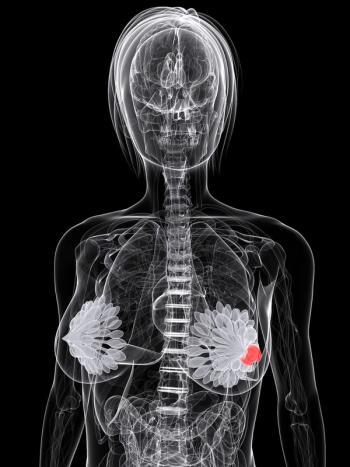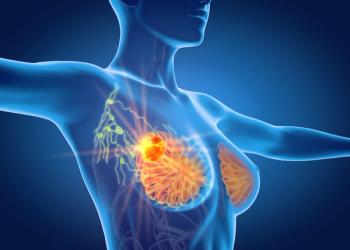
Aflatoxin Linked to Risk of Gallbladder Cancer
Aflatoxin, a naturally occurring toxin produced by certain types of molds, has been found to be associated with an increased risk of gallbladder cancer.
The fungal toxin aflatoxin has been found to be associated with an increased risk of gallbladder cancer, according to an analysis
The small study of 36 gallbladder cancer patients plus 29 control individuals with gallstones and 47 community controls showed that aflatoxin was found in 64% of the gallbladder cancer patients, 18% of the individuals with gallstones, and 23% of the community controls.
Aflatoxin is a naturally occurring toxin produced by certain types of molds, including Aspergillus flavus and Aspergillus parasiticus. These toxins are among the most carcinogenic substances, which, when ingested, are metabolized by the liver. These toxins have been shown to form in grain, particularly corn. Exposure to aflatoxin can cause both acute and chronic damage to the liver. According to the Centers for Disease Control and Prevention, as many as 4.5 billion people in the developing world may be chronically exposed to aflatoxin through their diet. This exposure has been linked to liver cancer, particularly in Asia and Sub-Saharan Africa.
Exposure to aflatoxin has also been previously linked to gallbladder cancer in primates.
In the current study, Catterina Ferreccio, MD, MPH, of the Pontificia Universidad Católica de Chile in Santiago, Chile, and study coauthors analyzed gallbladder cancer cases to understand other potential causes of this tumor type other than gallstones. Because aflatoxin contamination has been identified in the country, through the ingestion of the red chili pepper, the authors assessed whether aflatoxin may be directly linked to gallbladder cancer.
The median age of gallbladder cancer patients in this study was 61 years, with 94.4% having had a history of gallstones. Forty-seven percent of the patients consumed red chili pepper paste at least weekly.
The study authors analyzed the presence of aflatoxin adducts in plasma samples from both gallbladder cancer patients and control subjects. Aflatoxin levels were highest among the gallbladder cancer patients, who were more likely to have detectable aflatoxin adducts compared with either control individuals with gallstones (odds ratio, 9.4) or community controls (odds ratio, 13.2).
While the study cannot rule out that detection of aflatoxin may be affected by gallbladder cancer, the association of aflatoxin with gallbladder cancer was statistically significant, according to the study authors. While larger studies are needed to confirm these results, as well as to identify the sources of aflatoxin in communities, “these findings, if confirmed, may have implications for cancer prevention,” they concluded.
Newsletter
Stay up to date on recent advances in the multidisciplinary approach to cancer.
















































































